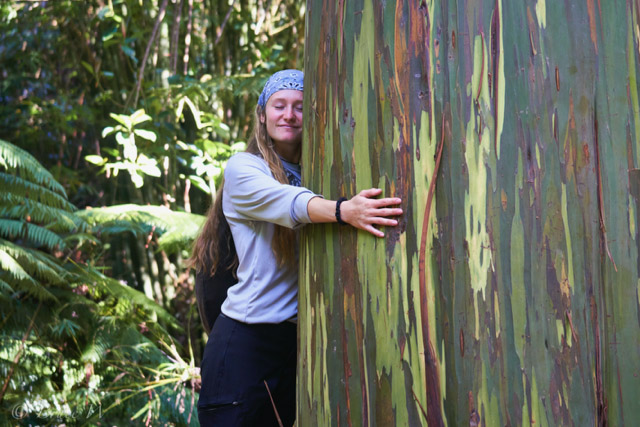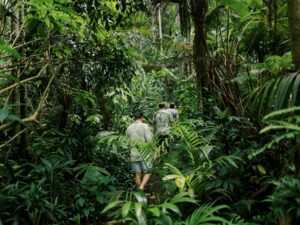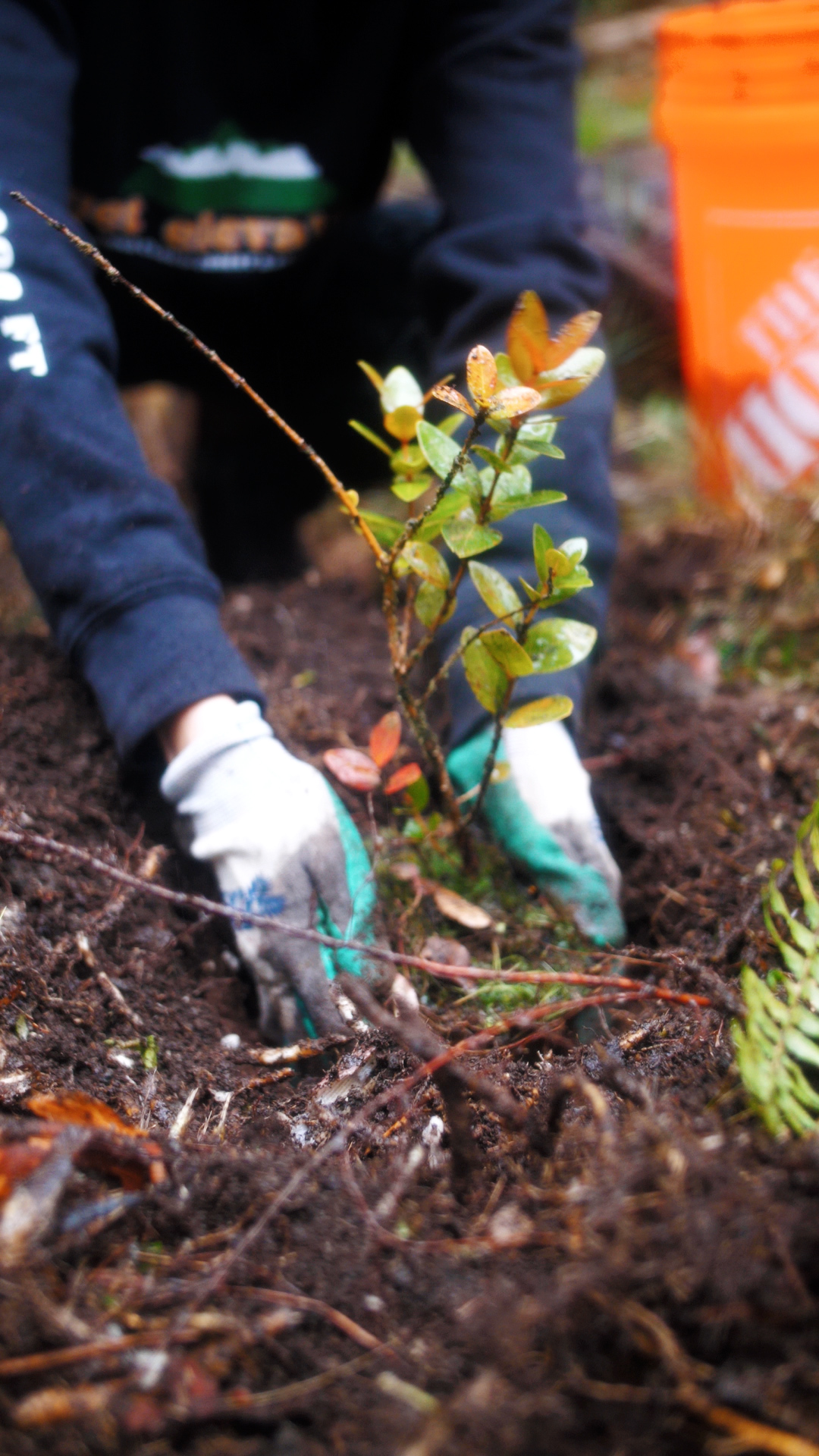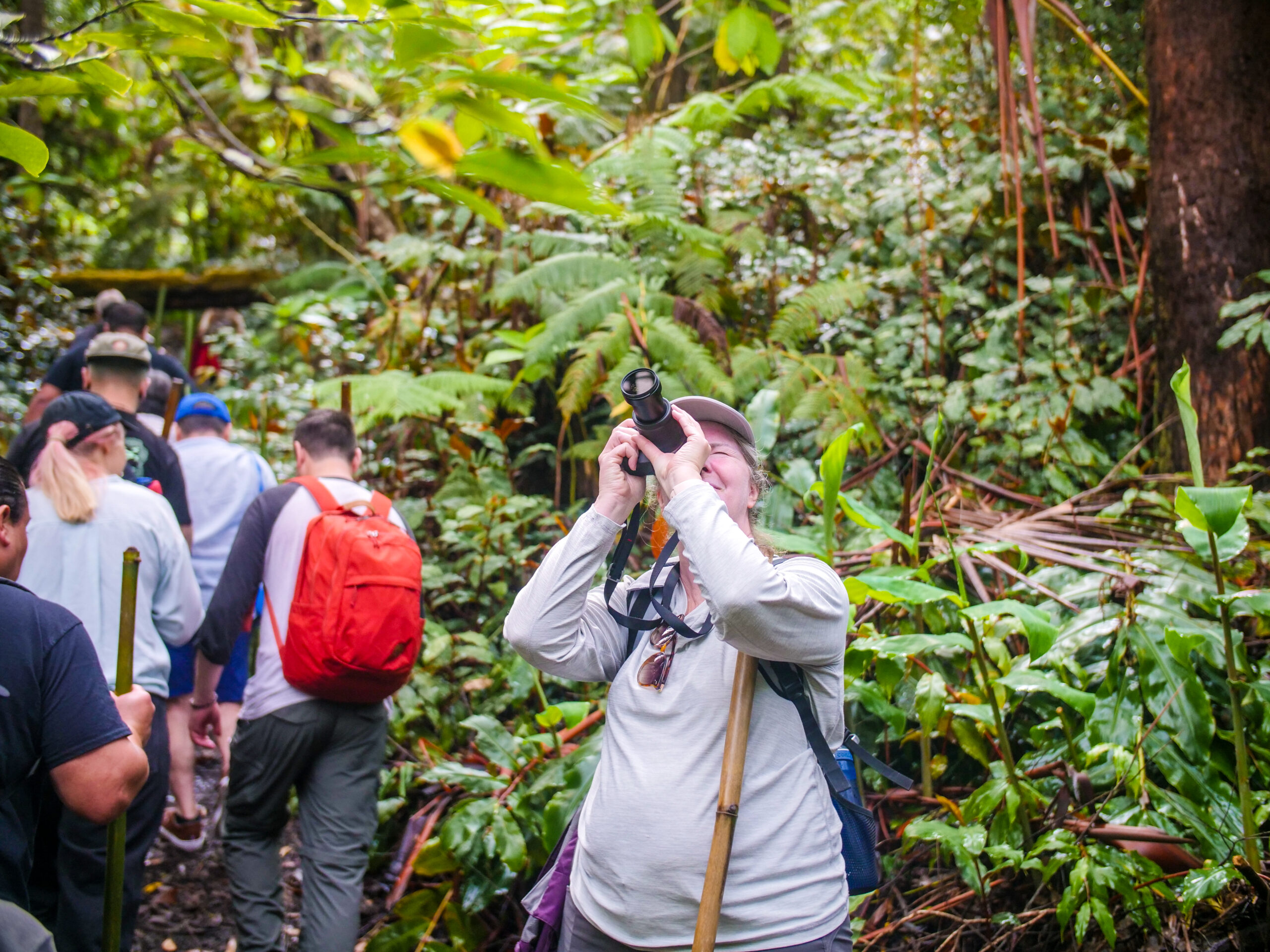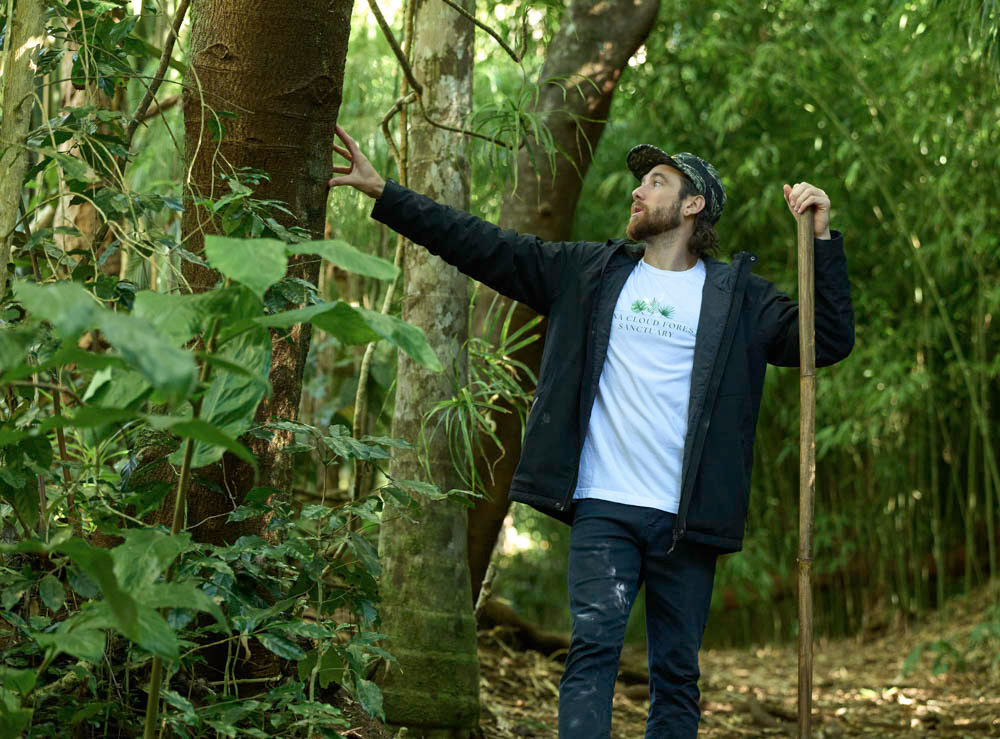In the realm of contemporary travel, a burgeoning movement known as Regenerative Tourism is gaining momentum. This innovative approach transcends traditional tourism paradigms, emphasizing respect through community engagement, ecological restoration, and more. As travelers increasingly seek meaningful experiences that leave positive footprints, Regenerative Tourism emerges as a beacon of hope, offering a pathway towards responsible exploration and holistic rejuvenation.
Unveiling Regenerative Tourism
In the heart of Regenerative Tourism lies a profound commitment to nurturing ecosystems, preserving cultural heritage, and fostering socio-economic resilience. Unlike conventional tourism, which often leaves behind detrimental impacts on destinations, Regenerative Tourism seeks to regenerate landscapes, revitalize local economies, and forge authentic connections between visitors and host communities.
Understanding the Essence
Regenerative Tourism goes beyond mere conservation efforts; it embodies a holistic philosophy centered on regeneration and renewal. At its core, this transformative concept strives to replenish natural resources, mitigate environmental degradation, and cultivate symbiotic relationships between travelers and the places they visit.
Principles in Action
Embracing the principles of sustainability, equity, and inclusivity, Regenerative Tourism paves the way for transformative experiences that transcend leisurely pursuits. By prioritizing the well-being of ecosystems and indigenous cultures, it catalyzes positive change while fostering a profound sense of stewardship among travelers.
Exploring Sustainable Destinations
In the realm of Regenerative Tourism, destinations become living laboratories for sustainable practices and immersive experiences. From remote forests to vibrant urban landscapes, each locale offers a tapestry of cultural treasures, education, connectedness, and ecological wonders waiting to be explored.
Ecotourism Paradigms
Within the realm of Regenerative Tourism, ecotourism emerges as a cornerstone, offering travelers intimate encounters with nature while fostering conservation efforts and community empowerment. From guided nature walks to wildlife safaris, ecotourism initiatives celebrate biodiversity while promoting environmental stewardship.
Examples of Regenerative Tourism
Community-Led Initiatives
Empowering local communities lies at the heart of Regenerative Tourism, where initiatives driven by indigenous peoples and grassroots organizations create pathways for economic empowerment and cultural revitalization. Through homestays, artisan workshops, culinary experiences, and nature immersion experiences, travelers learn about authentic traditions and environmental impacts while directly supporting local livelihoods.
Embracing Responsible Travel
At its essence, Regenerative Tourism challenges travelers to embrace conscious consumption, ethical engagement, and mindful exploration. By adopting sustainable travel practices and supporting regenerative initiatives, individuals become catalysts for legacies that foster positive change through cultural exchange.
Sustainable Accommodations
From eco-lodges nestled amidst pristine wilderness to community-run guesthouses steeped in local charm, sustainable accommodations offer travelers immersive experiences that prioritize environmental stewardship and cultural authenticity. By choosing eco-conscious lodging options, travelers directly contribute to conservation efforts and community development.
Ethical Encounters
Regenerative Tourism encourages travelers to engage with host communities respectfully, honoring local customs, traditions, and perspectives. Through meaningful interactions with indigenous artisans, cultural storytellers, and environmental advocates, travelers deepen their understanding of global interconnectedness while fostering cross-cultural dialogue and mutual respect.
Eco-Lodges and Sustainable Accommodations
Eco-lodges and sustainable accommodations are designed to minimize environmental impact while providing comfortable and immersive lodging options for travelers. These establishments often incorporate eco-friendly practices such as water conservation, renewable energy use, and waste reduction. They may also support local conservation efforts and community development projects.
Agro-Tourism Ventures
Agro-tourism ventures offer travelers the opportunity to experience rural life firsthand while learning about sustainable agricultural practices and supporting local farmers and producers. Visitors may participate in activities such as organic farming, harvest festivals, and farm-to-table dining experiences, fostering connections between urban and rural communities.
Conservation Partnerships and Wildlife Tourism
Conservation partnerships between tourism operators, conservation organizations, and local communities aim to protect fragile ecosystems and wildlife habitats while promoting responsible tourism. These initiatives often include guided nature walks, birdwatching tours, and wildlife conservation projects that contribute to biodiversity conservation and environmental education. In addition, the guide of your tour will be able to tell you all about the area and the history of it. If you are visiting the Island of Hawaii, be sure to book a guided tour with us at the Kona Cloud Forest Sanctuary through the only seasonally dry cloud forest in the United States!
Reforestation and Carbon Offset Programs
Reforestation and carbon offset programs allow travelers to mitigate their carbon footprint by supporting tree planting initiatives and environmental conservation projects. Participants may contribute to reforestation efforts in deforested areas, offsetting carbon emissions from travel and other activities while promoting forest regeneration and ecosystem restoration.
Cultural Heritage Preservation
Tourism initiatives focused on cultural heritage preservation aim to safeguard historical sites, traditional craftsmanship, and indigenous knowledge while promoting cultural exchange and understanding. Visitors may engage in heritage tours, artisan workshops, and cultural performances, fostering appreciation for diverse cultural traditions and promoting intercultural dialogue.
Regenerative Tourism: Shaping the Future
As the travel landscape continues to evolve, Regenerative Tourism stands poised to redefine the way we explore, connect, and engage with the world around us. By embracing principles of sustainability, stewardship, and regeneration, travelers become agents of change, weaving narratives of hope, resilience, and transformation across the globe.
FAQs
How does Regenerative Tourism differ from conventional tourism?
Regenerative Tourism transcends traditional tourism paradigms by prioritizing sustainability, community engagement, and ecological restoration. Unlike conventional tourism, which often leaves behind negative impacts, Regenerative Tourism seeks to regenerate landscapes and revitalize local economies.
What role do travelers play in Regenerative Tourism?
Travelers serve as catalysts for positive change in Regenerative Tourism by adopting sustainable travel practices, supporting local initiatives, and fostering meaningful connections with host communities. Through conscious consumption and ethical engagement, travelers
become stewards of the places they visit, leaving behind legacies of conservation and cultural exchange.
How can communities benefit from Regenerative Tourism?
Regenerative Tourism empowers local communities by creating pathways for economic empowerment, cultural revitalization, and environmental stewardship. Through community-led initiatives and sustainable tourism practices, destinations harness the power of tourism to foster socio-economic resilience and preserve indigenous heritage.
What are some examples of Regenerative Tourism initiatives?
Examples of Regenerative Tourism initiatives include eco-lodges, community-based tourism projects, and conservation partnerships. From agro-tourism ventures to reforestation programs, these initiatives prioritize sustainability, equity, and inclusivity, creating immersive experiences that celebrate biodiversity and cultural diversity.
How does Regenerative Tourism contribute to environmental conservation?
Regenerative Tourism contributes to environmental conservation by promoting sustainable land management practices, wildlife conservation efforts, and carbon offset initiatives. By minimizing ecological footprints and maximizing positive impacts, Regenerative Tourism fosters resilience in ecosystems and safeguards natural resources for future generations.
What are the key principles of Regenerative Tourism?
The key principles of Regenerative Tourism include sustainability, stewardship, and regeneration. By embracing holistic approaches to travel and tourism, Regenerative Tourism seeks to restore ecological balance, foster community well-being, and promote cultural vitality, creating pathways for transformative experiences and positive change.
Conclusion
In the era of Regenerative Tourism, travelers embark on transformative journeys that transcend leisurely pursuits, embracing principles of sustainability, stewardship, and regeneration. By weaving narratives of hope, resilience, and transformation, Regenerative Tourism reshapes the travel landscape, empowering individuals and communities to thrive in harmony with the natural world.

